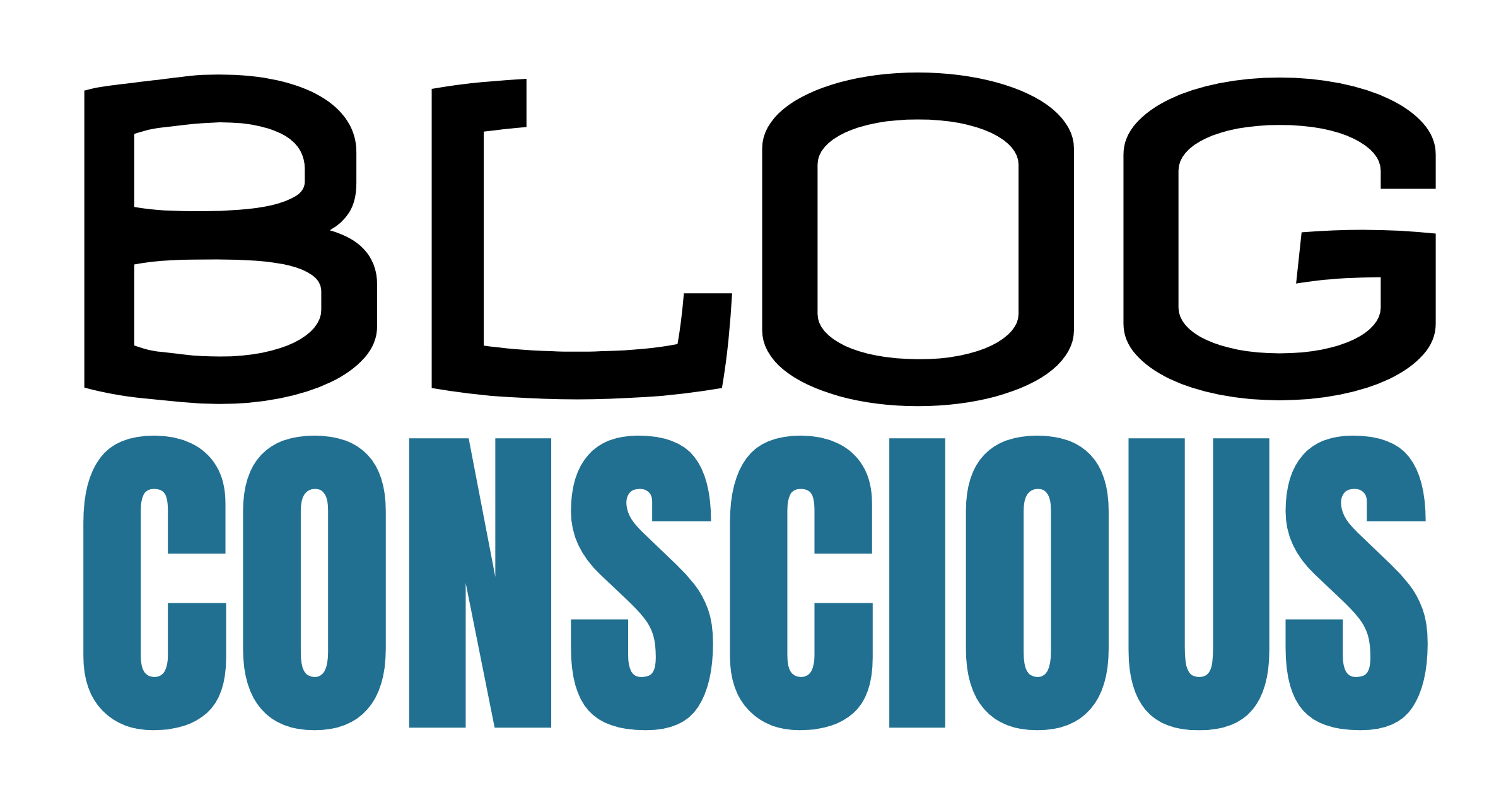The liver is one of the most important organs in the human body, yet many people are not fully aware of its functions. It is a large, complex organ that performs a wide range of vital functions that are essential to maintaining good health. In this article, we will explore the anatomy and physiology of the liver and discuss its crucial roles in human health.
The Liver: Anatomy and Physiology
The liver is located in the upper right region of the abdomen, beneath the diaphragm. It is the largest internal organ in the body, weighing around 3 pounds in adults. The liver is composed of two main lobes, each of which is made up of thousands of tiny lobules. These lobules contain specialized liver cells called hepatocytes, which are responsible for performing the liver’s many functions.
The liver has a unique blood supply, receiving blood from both the hepatic artery and the hepatic portal vein. The hepatic artery provides oxygen-rich blood to the liver, while the hepatic portal vein carries nutrient-rich blood from the digestive system. These two blood supplies merge inside the liver, allowing the hepatocytes to extract nutrients from the blood and convert them into energy or store them for later use.
The liver is also responsible for producing bile, a fluid that helps to digest fats in the small intestine. Bile is stored in the gallbladder and released into the small intestine as needed. The liver is also involved in the regulation of blood sugar levels, producing and releasing glucose when the body needs it and storing excess glucose as glycogen for later use.
The Crucial Roles of the Liver in Human Health
The liver plays an essential role in a wide range of bodily functions, many of which are crucial to maintaining good health. One of the liver’s most important functions is detoxification. The liver is responsible for breaking down toxins and removing them from the body, protecting us from the harmful effects of chemicals, drugs, and other substances.
The liver also plays a critical role in the metabolism of fats, carbohydrates, and proteins. It is responsible for converting excess nutrients into energy or storing them for later use. The liver also produces many of the proteins that are necessary for proper blood clotting, as well as regulating the levels of hormones such as insulin and glucagon.
Another crucial function of the liver is the production of cholesterol, a waxy substance that is essential for the proper functioning of cells in the body. The liver produces cholesterol as needed, but high levels of cholesterol can lead to health problems such as heart disease and stroke.
In conclusion, the liver is a complex and vital organ that plays many important roles in human health. It is responsible for detoxification, metabolism, digestion, and the production of many essential substances in the body. Understanding the liver’s anatomy and physiology, as well as its crucial functions, is essential for maintaining good health and preventing disease. By taking care of our liver through proper diet, exercise, and avoiding harmful substances, we can ensure that our body’s powerhouse remains healthy and functioning optimally.

